tooth resorption cats symptoms
Cats with clinically missing teeth have also been found to be more likely to have tooth resorption. If cat tooth resorption is left untreated for a period of time the crown can break and cause tooth loss.

External Tooth Resorption In Cats Part 2 Therapeutic Approaches Today S Veterinary Practice
There may also be sudden changes in their behavior.

. Feline tooth resorption lesions are one of the top causes of tooth loss in cats. Resorptive lesions that have eroded through the enamel may be very painful. At this stage it is generally easy to see with the tooth appearing to be grown over by the gums.
Tooth resorption has become a common condition affecting the cat population in the recent years. The cause is still disputed and there are various hypotheses as to why some cats develop FORLs while others never will. One of the most common symptoms in cats with tooth resorption is pain.
When your cat yawns try to peek inside and look for a hole or dark pink stain in the center of one or more teeth. It affects the crown of the tooth to expose the nerve and dentin resulting in pain and inflammation. Cats with clinically missing teeth have also been found to be more likely to have tooth resorption.
Resorptive lesions usually appear along or below the gumline so you may be able to notice blood in this area without prying your cats mouth open. Cats with resorptive lesions may show pain when their jaws are touched and may also have increased. If you notice any odd changes in behavior its worth taking your cat to the vet for a checkup.
Anorexia Weight loss Pain during eating Chewing with only one side of the mouth Dropping food from the mouth Swallowing kibble whole Drooling Bad breath Gingivitis appears as a bright red section of the gums Vomiting Behavioral changes. Some turn their heads to one side when chewing food. Symptoms of Tooth Resorption in Cats.
Pain can be difficult to notice in your cat and many cats will still appear to eat normally with a painful mouth which is one of the many reasons annual veterinary visits are recommended to have your cats mouth examined. Tooth resorption can be difficult to detect with cats often masking signs of oral discomfort or pain. Pain can manifest in a variety of ways.
Tooth resorption is common in the domestic cat and the incidence has been reported to increase with increasing age. Cats with oral pain may appear irritable or aggressive have a change in appetite or food preference and may have difficulty chewing and eating food falls from their mouth. Any number of painful conditions from feline tooth resorption to arthritis could be to blame.
If left untreated this disease can result in other oral problems pain infections and. TOOTH RESORPTION IN CATS Pathophysiology and treatment options Practical relevance. Because cats instinctively hide their pain as a survival method and are often not keen on having their mouths handled it can be difficult to detect whether your cat is experiencing pain from resorptive lesions that have developed on her teeth.
If your cat has tooth resorption she may show increased salivation oral bleeding or difficulty eating. Most of the times tooth resorption in cats goes unnoticed and the cat may suffer a lot due to this. You should always take note of any slight behavioral changes in your pet and notify.
It is often difficult for the owners to determine whether the cat has any dental problem. Some turn their heads to one side when chewing food. This makes it very important to be able to recognize the signs and behaviors detailed below.
Excessive saliva and drooling Halitosis bad breath Weight loss and loss of appetite Excess tartar or plaque on the teeth Inflamed bleeding or red gums Receding gum line Cracks on the teeth Pus in the mouth along with the teeth or gums Excess pawing at its mouth Behavioral changes including. Feline tooth resorption is a fairly common dental disease affecting up to 60 percent of all adult cats. Symptoms of tooth resorption in cats.
Routine radiography is required for timely diagnosis. Tooth resorption also called feline odontoclastic resorptive lesion is when the tooth starts breaking from the inside. However the lesion is quite painful especially when touched or when the cat eats.
Attempting to chew on only one side of their mouth by tilting their head while they eat Food falling out from their mouth while they eat Refusing to eat A sudden preference for wet food Swallowing food without chewing. In many cases without radiographic and clinical screening in an anesthetized cat tooth resorption will go undetected and the cat will be in pain in silence. Tooth resorption is seen as a pinkish defect where the tooth meets.
More than 70 of cats over five years of age show signs of tooth resorption. Symptoms that may occur are listed as follows. Bleeding and Other Oral Symptoms.
Tooth resorption causes severe pain in cats causing them to drool and be reluctant to eat. Symptoms of Tooth Resorption in Cats Often symptoms will not begin to manifest until the tooth has been destroyed down to the root. While tooth resorption can be very painful for cats it can be hard to recognize because our feline companions are very good at masking their pain.
Feline Tooth Resorption affects a large number of pet cats internationally and leads to significant pain and difficulty eating. Tooth Resorption Symptoms Feline tooth resorption may show no visible signs other than gingivitis gum inflammation in its early stages although you may also notice signs of blood in your cats water or food bowl. She may also drool or have blood in her saliva.
Prompt diagnose is important and the mainstay of treatment is dental extraction. It is a common cause of tooth loss in cats. Feline immunodeficiency virus and stress on the teeth due to poor dental alignment can also trigger tooth resorption in some cats.
Dietary symptoms in cats include. Some affected cats will have jaw spasms pain and trembling of the jaw whenever the affected area is touched increased salivation bleeding from the. All types of teeth in the feline dentition may.
Many cats with feline tooth resorption will be unwilling to let you look in their mouth due to pain. All types of teeth in the feline dentition may be affected but lesions seem to be more common in certain teeth.
Tooth Resorption In Dogs And Cats Vetbloom Blog
Tooth Resorption In Dogs And Cats Vetbloom Blog
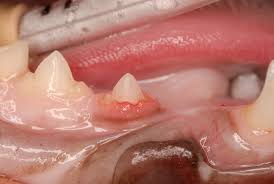
Dental Resorptive Lesions Close Veterinary Clinic
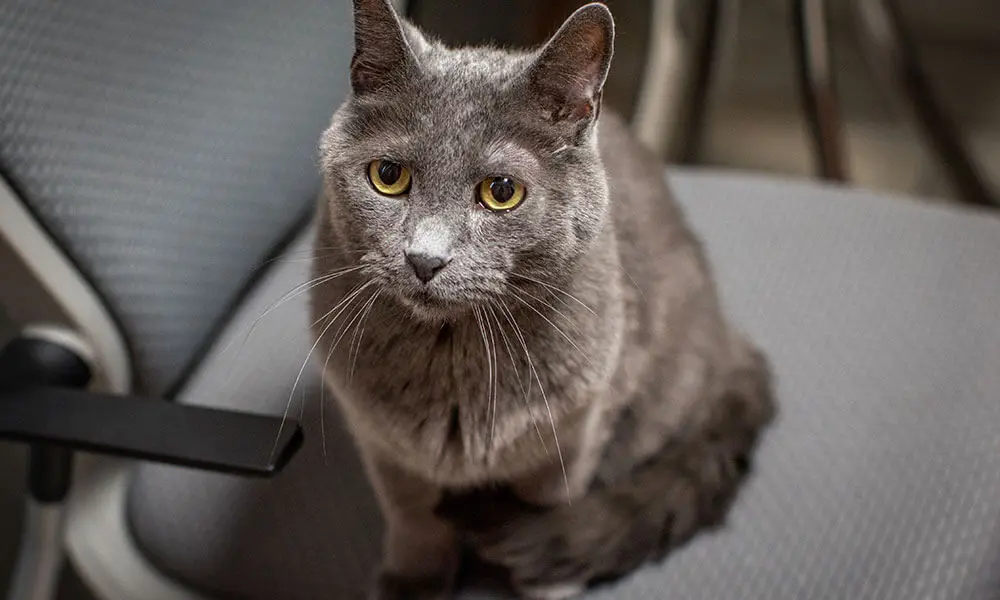
Feline Tooth Resorption A Guide For Cat Owners 1st Pet Veterinary Centers Az

Tooth Resorption Animal Dental Specialist
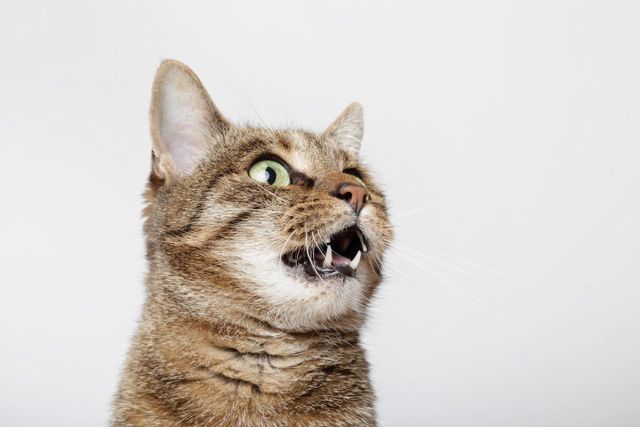
Tooth Resorption In Cats What You Should Know

Tooth Resorption Advanced Animal Dentistry

Feline Tooth Resorption How To Help Your Cat Firstvet

Feline Tooth Resorption Today S Veterinary Practice
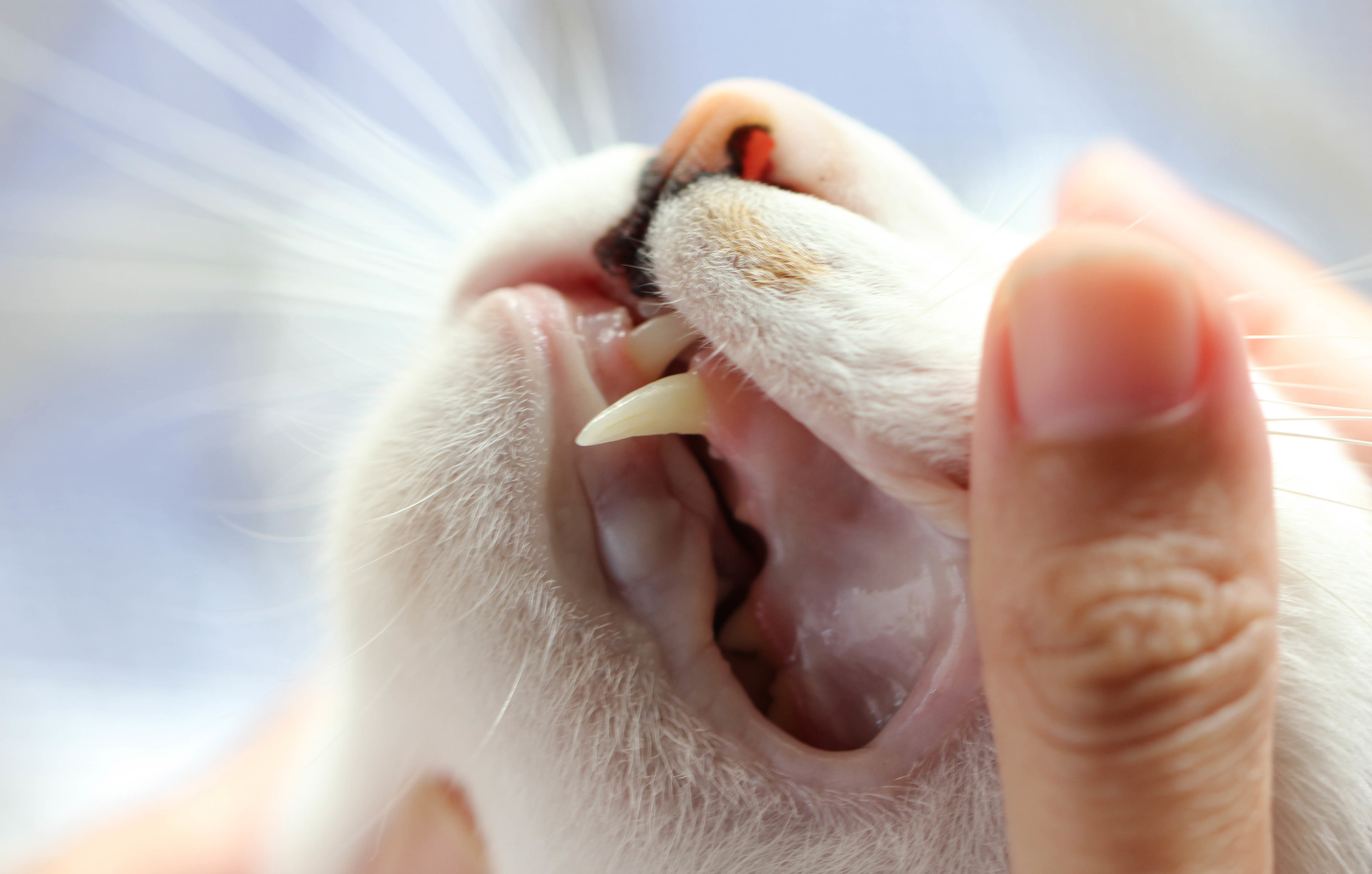
Common Feline Dental Problems Feline Dental Treatment
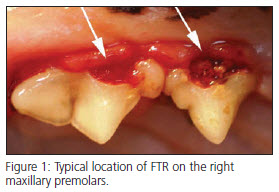
Feline Tooth Resorption Montana Pet Dentistry Oral Surgery

Resorptive Lesions In Cats An Update The Veterinary Nurse

Don T Ignore The Signs Of Dental Disease In Cats
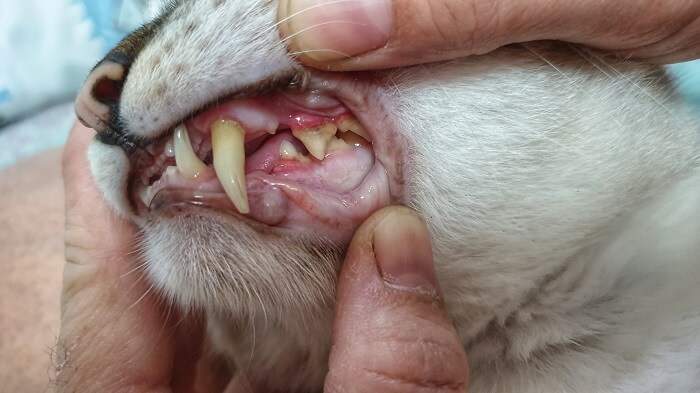
Cavities In Cats Causes Symptoms Treatment All About Cats

Feline Tooth Resorption Today S Veterinary Practice

Feline Dental Disease Tooth Resorption In Cat Wellnessvet

Juvenile Gingivitis Periodontitis Advanced Animal Dentistry

Feline Tooth Resorption Today S Veterinary Practice

External Tooth Resorption In Cats Part 2 Therapeutic Approaches Today S Veterinary Practice